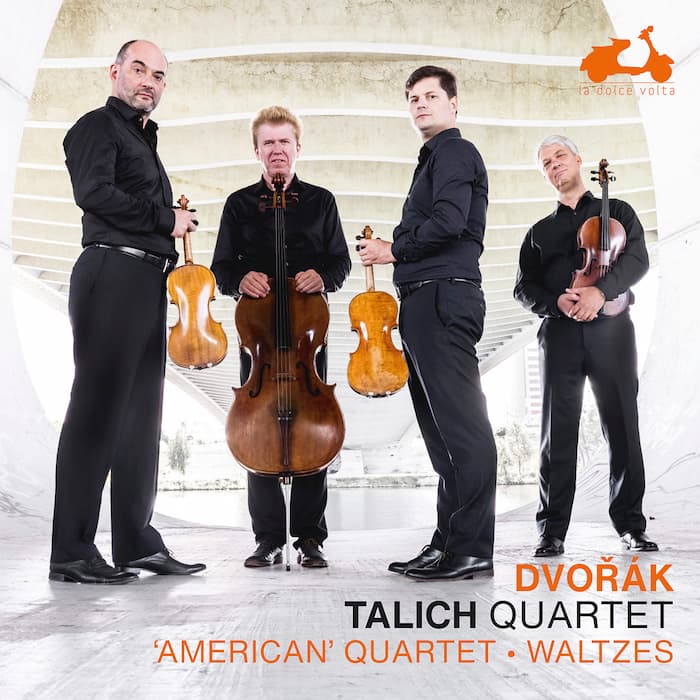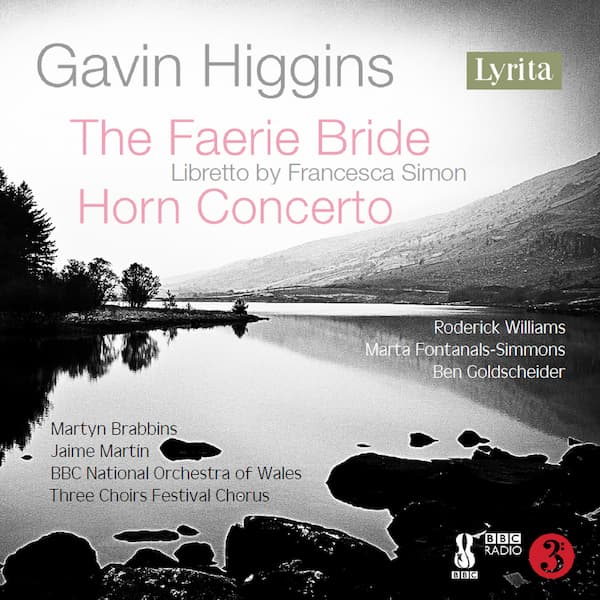Mamoru Fujisawa (b. 1950), known professionally as Joe Hisaishi, is best known for his film work, having composed the scores for most of the animations created by Hayao Miyazaki and Studio Ghibli, including Laputa: Castle in the Sky (1986), My Neighbour Totoro (1988), Porco Rosso (1992), Princess Mononoke (1997), and Spirited Away (2001), through 2023’s The Boy and the Heron. All in all, he’s written music for over 130 films and, increasingly, has begun to work on his own classical repertoire.
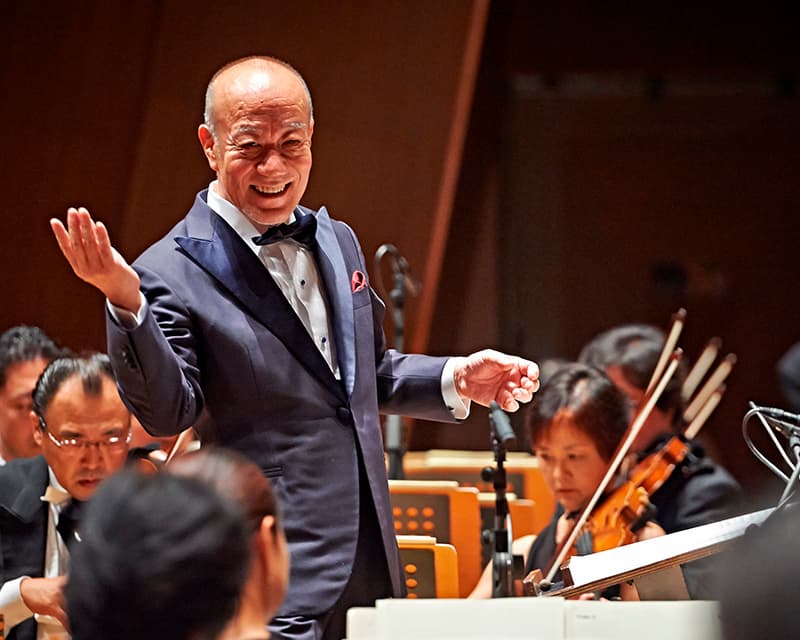
Joe Hisaishi, 2020
His first album for Deutsche Grammophon, Symphonic Pieces, included music from the Studio Ghibli films Howl’s Moving Castle and Spirited Away. This new album breaks new ground with his Symphony No. 2 and Viola Saga, a 2-movement work for viola soloist and orchestra. For both works, the composer is the conductor.
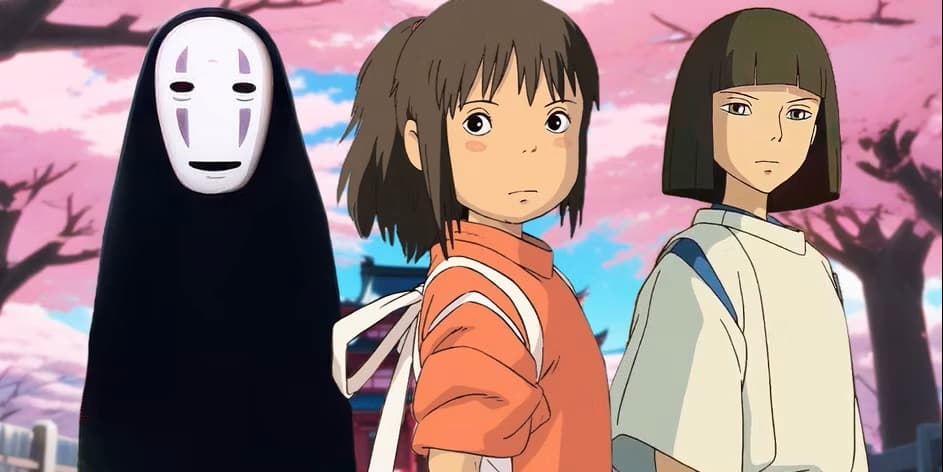
No Face, Chihiro, and Haku of Spirited Away
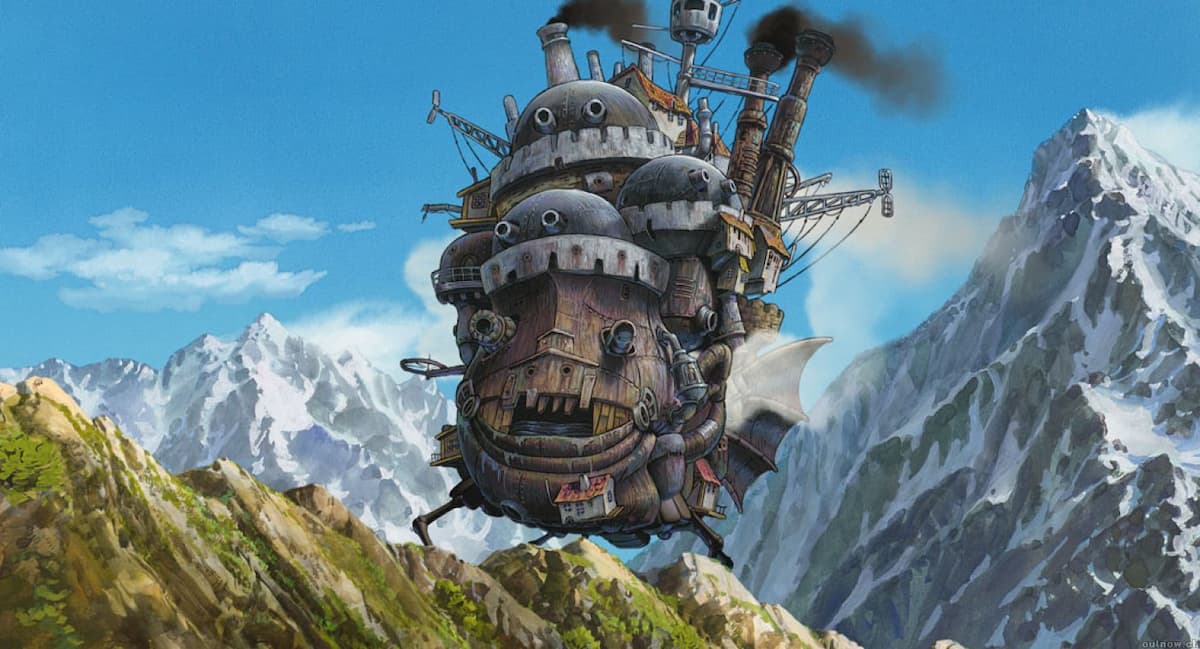
Howl’s Moving Castle
A clue to the variety of styles that are behind Joe Hisaishi’s music starts with his name, Joe Hisaishi. It’s a tribute to the American musician Quincy Jones, pronounced ‘Kuinshī’ in Japanese, which uses the same kanji characters as ‘Hisaishi’. His first name, Joe, is a shortening of ‘Jones. Jones, of course, is the Grammy Award-winning composer and arranger with 28 Grammys to his name. His dual life in jazz and pop has influenced composers and performers from Frank Sinatra in the 1950s, pop singer Leslie Gore in the 1960s, to Michael Jackson in the 1970s and beyond. He was inducted into the Rock and Roll Hall of Fame in 2013. Hisaishi also cites influences from Japanese pop music, electronic music, New Age music, and minimalism.
In Symphony No. 2, he can explore sound and its implications in a way not permitted in cinema. Cinema’s story-line constraint can keep a composer from developing the ideas that may be created in his character themes. In a symphony, however, development is the way a composer shows how he can grow his ideas into other concepts.
Symphony No. 2 is only 3 movements long, and from that deviation from the usual 4-movement format, we know we have to think of this symphony in a new way. The first movement, ‘What the World is Now’, begins like a dawn – slowly developing the initial two-note theme into larger gestures, the repetition becoming unfamiliar as the rhythmic emphasis shifts. This isn’t minimalism in the American tradition of Glass and Reich or even Adams, this is a cinematic minimalism that evokes our visual imagination along with our musical one.
The second movement, ‘Variation 14’, still comes from the minimalist tradition, but there’s always that air of cinematic colour. Hisaishi’s use of the orchestra’s sections, especially his splashes of colour from the percussion section, takes minimalism into an orchestral realm.
The final movement, ‘Nursery Rhyme’, is the slow movement of the work, gradually building to a grand crescendo ending.
The second work on the album, Viola Saga, showcases the viola. Hisaishi chose the instrument because of its human-voice–like timbre and gave it a work that can change character in a second. The solemn opening is followed by a dance-like dialogue with the orchestra. Each instrument in the orchestra has something to say and contributes its own sound and rhythms to the gradually growing mix.
Movement II of Viola Saga opens with traveling arpeggios that take us to unexpected places and harmonies. There’s always something cinematic in the writing – and this is a good thing.
Joe Hisaishi’s experiments with classical music are a wonderful benefit for 21st-century music. As all of our musical genres continue to cross-influence each other, Hisaishi’s work shows just how creative we need to be!
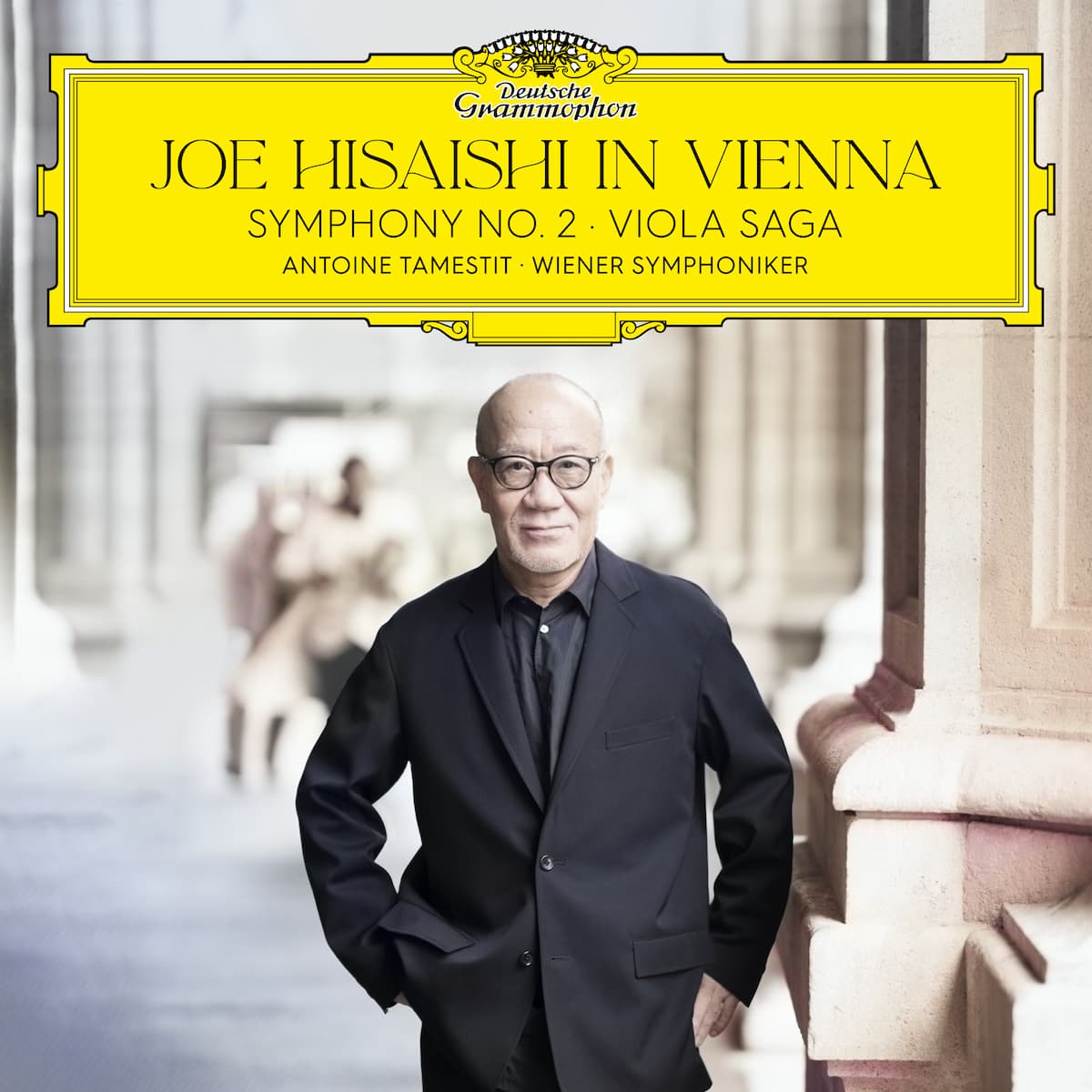
Joe Hisaishi in Vienna
Deutsche Grammophon 6500149
Release date: 28 June 20243
Official Website
For more of the best in classical music, sign up for our E-Newsletter


